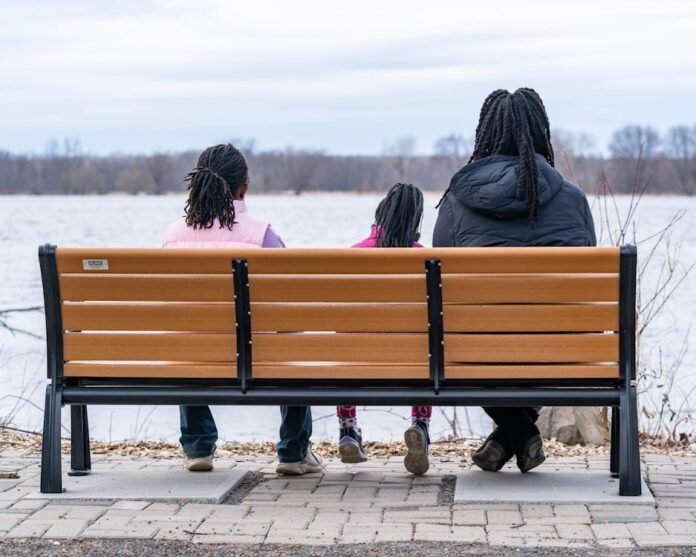Introduction
The donetsk children, a region located in eastern Ukraine, have long found themselves at the heart of one of the most complex and heartbreaking geopolitical conflicts in modern history. Since the onset of the war in the Donbas region in 2014 and further escalated by the full-scale Russian invasion of Ukraine in 2022, the lives of countless children in Donetsk have been disrupted in unimaginable ways. These children, who should be focused on education, play, and personal growth, instead live in an environment shaped by fear, loss, displacement, and instability. Their stories are often untold, yet they represent a critical chapter in the broader narrative of war, peace, and human resilience. This article seeks to shed light on their realities—offering insights into their daily lives, struggles, hopes, and the efforts made by humanitarian organizations to support them amid chaos.
1. Living in the Shadow of Conflict
Children in Donetsk have grown up under the constant shadow of war. Air raid sirens, damaged buildings, the sound of shelling, and the sight of armed soldiers are no longer unusual—they are part of the daily backdrop. Many children have lost family members, their homes, or even their schools. Psychological trauma has become a widespread but often unaddressed issue. Fear and anxiety are embedded into their childhoods, replacing what should have been years filled with innocence and discovery. Even basic activities like playing outside, walking to school, or sleeping peacefully at night have become fraught with danger and uncertainty. Despite this, children display a remarkable ability to adapt, though the long-term effects of such prolonged exposure to conflict will likely shape their adult lives in deep and troubling ways.
2. The Impact on Education and Development
Education is one of the first casualties in any war zone, and Donetsk is no exception. Many schools have been damaged or repurposed for military use, forcing children into remote or makeshift learning environments. Teachers face extraordinary pressure to maintain some sense of normalcy despite the dangers they and their students face. The quality of education has suffered drastically, not only due to physical destruction but also from a lack of resources, psychological trauma among both students and educators, and interrupted school years. For younger children, early development is stunted by limited access to stimulation and structured learning. Meanwhile, adolescents miss out on critical educational milestones, which threatens to hinder their future opportunities. In a region already facing economic hardships, the long-term impact of lost education could further perpetuate cycles of poverty and instability.
3. Humanitarian Efforts and Support Networks
Amid the crisis, various local and international organizations have stepped in to provide support for donetsk children. Humanitarian agencies are distributing food, clothes, school supplies, and hygiene kits, while also establishing safe spaces where children can play, learn, and receive psychological support. Mobile classrooms and psychosocial programs aim to restore a semblance of normal life. Local volunteers, despite facing immense challenges themselves, continue to play a critical role in organizing relief efforts. International NGOs such as UNICEF and Save the Children have been active in addressing both immediate needs and long-term rehabilitation. However, access to some of the most affected areas remains limited, and resources are often stretched thin. The ongoing nature of the conflict means these efforts must not only persist but expand to meet growing needs.
4. Displacement and the Loss of Home
Many families have been forced to flee their homes due to shelling, occupation, or the collapse of basic infrastructure. For children, displacement is a traumatic experience. They are uprooted from familiar surroundings, separated from friends, and thrust into new environments where they often face hostility, overcrowding, and lack of access to services. Refugee camps or temporary shelters, though a safe haven, can be harsh and lacking in comfort or privacy. The experience of becoming a refugee or internally displaced person changes a child’s sense of identity and security. They are left longing for stability, often expressing homesickness and confusion over why their world has changed so suddenly. For many, home becomes a memory rather than a place they can return to—deepening feelings of loss and uncertainty.
5. Resilience and Hope for the Future
Despite the profound challenges, stories of resilience among Donetsk children shine through. Some have taken to drawing or writing as forms of expression and healing. Others find joy in community-organized games, music, or even makeshift classrooms. These moments of light serve as reminders that even in war, childhood cannot be fully erased. There is hope in the determination of these young individuals, in their ability to dream, and in their refusal to be defined solely by the war. Families and aid workers often speak of the children’s surprising strength and empathy. With the right support, these children can overcome adversity and contribute meaningfully to rebuilding their communities. Their resilience is not just inspiring—it’s a call to the world to invest in peace, healing, and a future where they can thrive beyond the scars of war.


